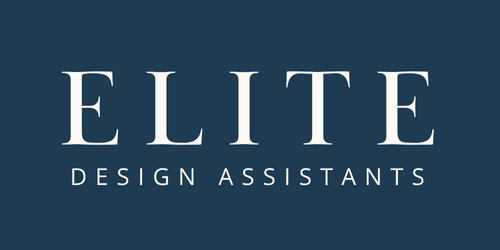The Art of Floral Design
/Lately, I’ve been very interested in floral design and was rather surprised and how much goes into it. It’s not just about picking flowers and arranging them or buying flowers and arranging them. There is a real art to it and here are some things to consider if you are going to start creating your own arrangements.
Did you realize there are several principles to floral design? The primary principles are Proportion, Balance, Dominance, Rhythm, Contrast, and Unity. The secondary principles of Design are Scale, Focal Area/Focal Point, Repetition, Accent, Depth, Transition, Variation, Opposition, and Tension.
Here are some simple steps to begin your journey in designing your own arrangements.
Style
What type of style do you like in your floral arrangements? Do your arrangements need to be perfect and bunched tightly or loose and whimsical? Do you like a variety of sizes and lengths? Once you decide what type of arrangements you like best you can choose your colors and materials.
Colors
What are your favorite colors? Are you going to go with a monochromatic arrangement full of various shades of one color of one flower such as roses in pink or dahlias in reds? Or shades of one color in a variety of flowers? Or how about a variety of colors of one flower or a variety of colors of a variety of flowers? Whatever you chose, it can look amazing. It’s all based on what you like.
Materials
Depending on the style and colors you’ll want to choose your materials. Most arrangements, unless you are doing something very simple with one kind of flower, include large blooms, medium blooms, delicate blooms, and greenery.
Vases
What do you want your flower arrangement in? Do you have traditional vases or perhaps you have a watering can, mason jar, or pitcher. Whatever you chose make sure it’s the appropriate size for your arrangement.
Depending on your arrangement you can use floral tape or a floral frog to keep your flowers in place in the and now you can start to create!
How to Arrange Flowers: Step-by-Step
Step 1: Gather your materials.
Scissors — You’ll need scissors to trim the stems. Gardening shears also work well.
Vase — Choose your favorite vase in which to display the flowers.
Plant food — Pre-made bouquets usually come with packets of plant food. Your local gardening shop will also carry varieties of plant food.
Water — Water will keep the flowers alive!
Flowers of choice — You’ll need greenery, primary flowers, and secondary flowers for the arrangement.
Step 2: Remove any extra leaves to create clean stems.
It’s okay to leave some foliage, but remember that you’ll also have greenery to fill in any extra space.
Step 3: Measure the flowers against your vase of choice and cut them to size.
Be sure to cut the stems at a diagonal. This will let the flowers soak up more water and help them stay alive longer.
Step 4: Fill your vase half full with water.
You’ll want to change the water every three days. If you use less water in the vase, you should change the water more often.
Step 5: Pour the plant food into the vase.
It should naturally mix in, but if it sinks to the bottom, stir it until it’s dissolved.
Step 6: Start by crisscrossing your foliage to create a base.
Forming this lattice pattern will create a sturdy base for your other flowers.
Step 7: Add in your focal flowers, making sure they are spread out.
The focal flowers are the ones you want to highlight. They may be the most colorful, the biggest, or just your favorites.
Step 8: Add in any of your secondary flowers.
Secondary flowers tend to be smaller and will round out the flower arrangement.
Step 9: Rearrange or fill in as needed.
Remove any petals that are wilted and adjust the foliage so that it fills in any empty spaces.
Thank you to FTD by Design - https://www.ftd.com/blog/design/how-to-arrange-flowers
Stay tuned for a future blog post on cut flower gardens!
We also have some really cute items in our shop that are flower-inspired, check them out!!
XX, Danae
































